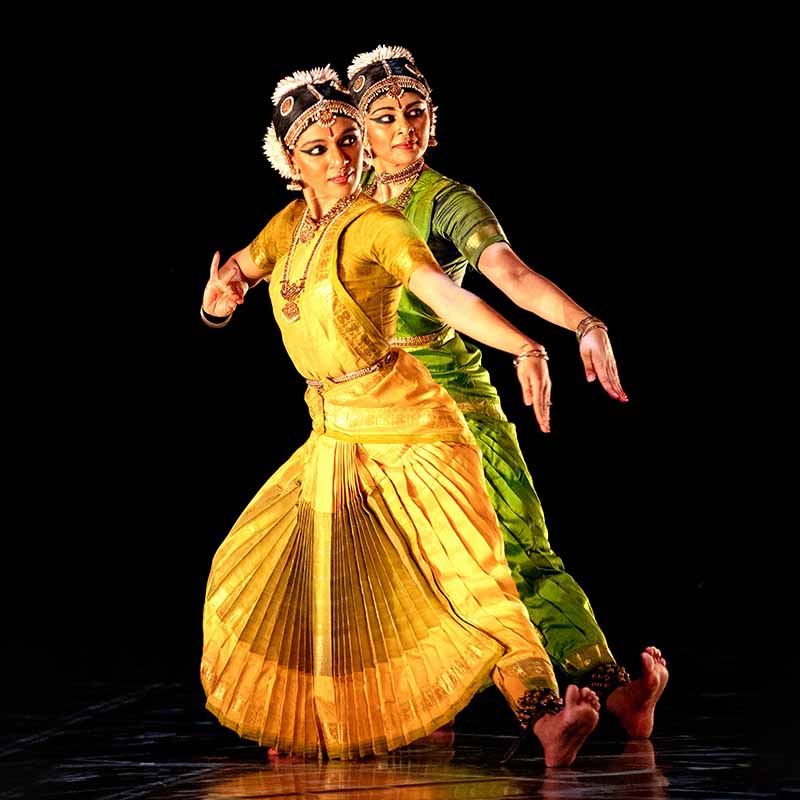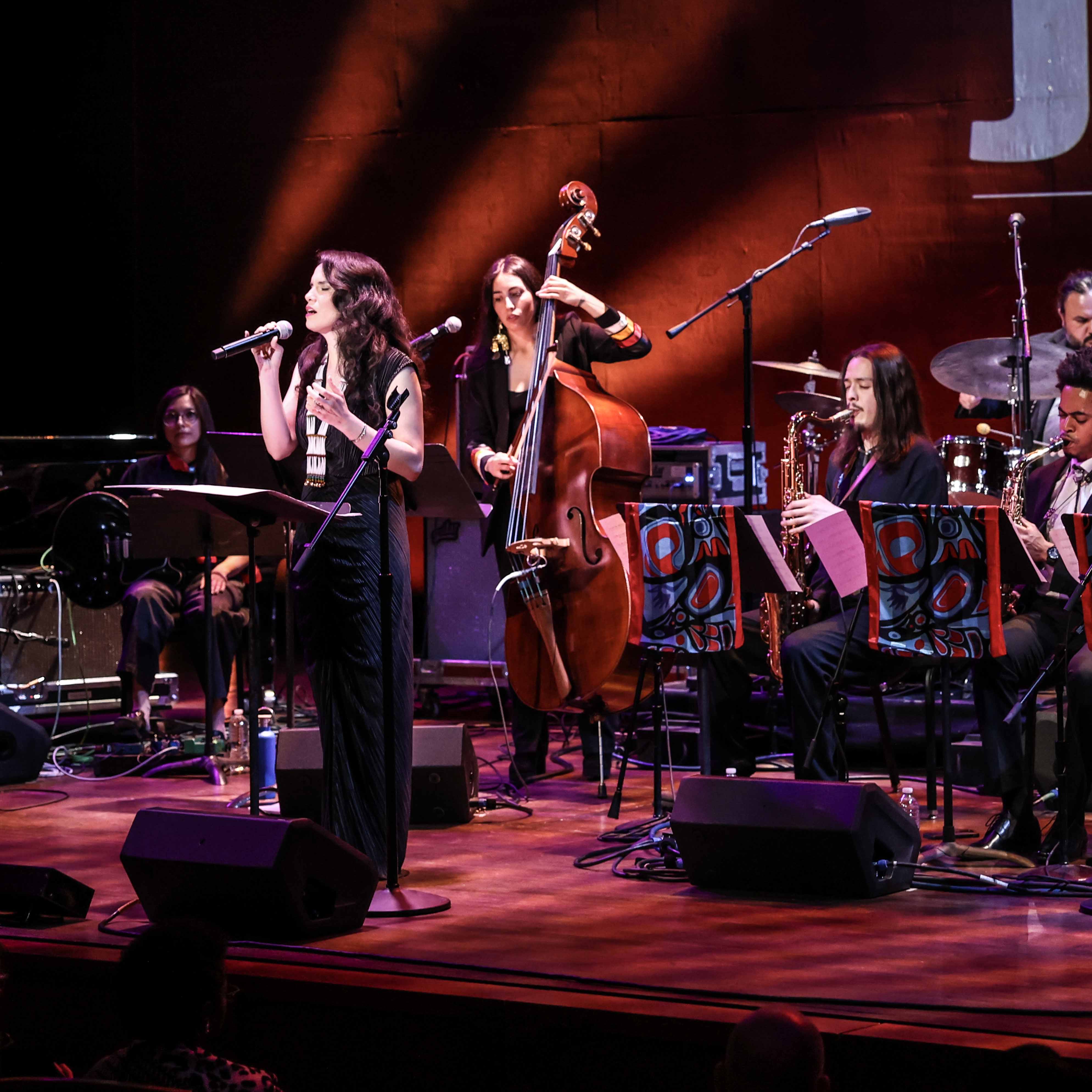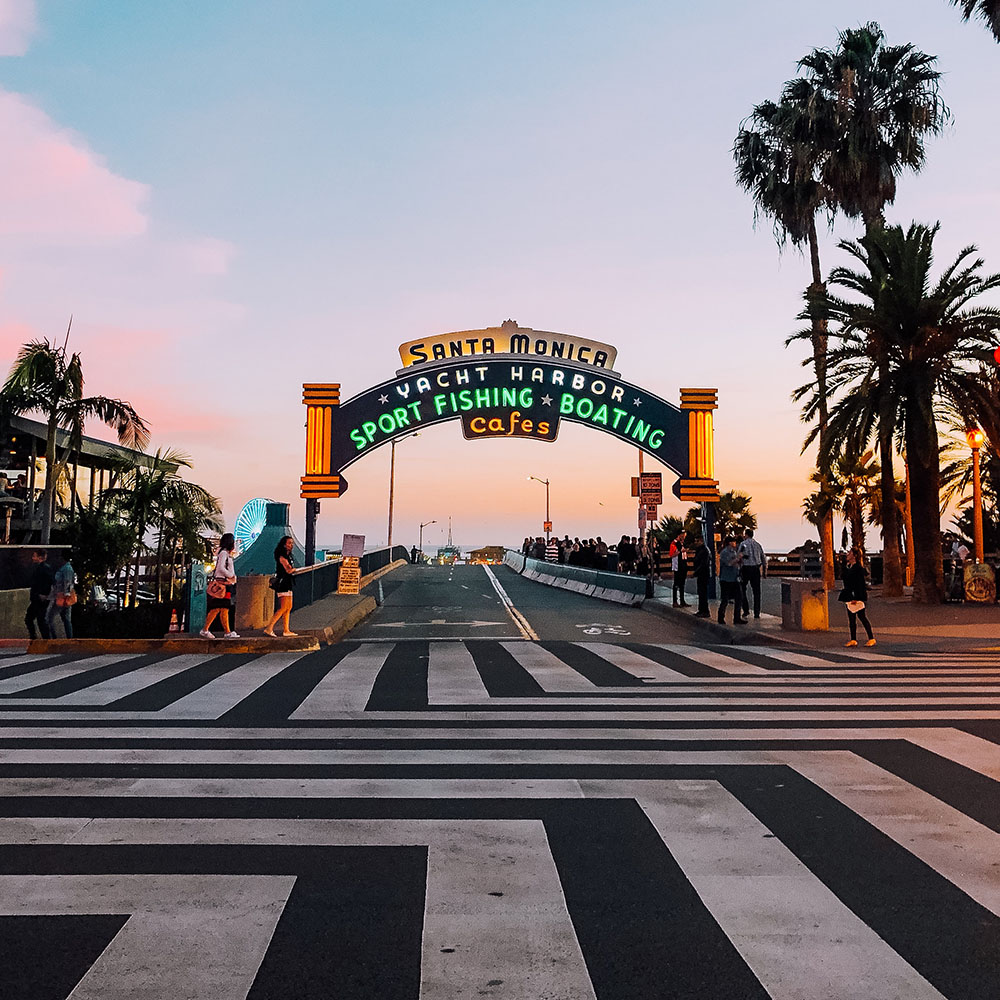Jason Moran was born January 21, 1975 in Houston, Texas. He began studying the piano at age 6, but longed to quit the instrument until he first experienced the sounds of jazz legend Thelonious Monk, an experience that renewed his interest in music and established an early role model in his creative development.
Moran went on to attend Houston’s High School for the Performing and Visual Arts where he became an active member of the jazz program, playing in the big band and leading a jazz quartet. His aspirations and talents eventually led him to New York City where he continued his education at the Manhattan School of Music, a school to which he was drawn by the prospect of studying with the pianist Jaki Byard, a jazz leftist who became Moran’s teacher for 4 years and a role model for life. It was during this time that Moran also took lessons from other forward-thinking pianists such as Muhal Richard Abrams and Andrew Hill, creative musicians who imparted a profound influence on Moran, and encouraged him to find his own distinct voice.
In 1997, while Moran was still a senior in college, the drummer Eric Harland, a high school classmate of Moran’s, recommended him to saxophonist Greg Osby who was in the process of assembling a band for a European tour. Osby hired Moran based solely on Harland’s description of his playing, and the match proved to be auspicious. The connection between Osby and Moran was present as soon as they hit the bandstand, and Moran has become a fixture in Osby’s touring and recording bands ever since.
Moran made his professional recording debut on Osby’s 1997 Blue Note CD, Further Ado, which brought him to the attention of Blue Note executives who signed the pianist to his own record deal shortly thereafter. The association with Blue Note is fitting, placing Moran in the lineage of innovative pianist/composers whose career beginnings were nurtured by the veteran jazz label, musicians such as Monk, Herbie Hancock and Herbie Nichols.
Moran’s debut recording as a leader, Soundtrack to Human Motion, which found him in the company of Osby, Harland, vibraphonist Stefon Harris and bassist Lonnie Plaxico, was released in 1999 to great critical praise (Ben Ratliff of The New York Times named it the best album of the year). The following year’s Facing Left found Moran stripping down to a trio with bassist Tarus Mateen and drummer Nasheet Waits, and prompted JazzTimes magazine to declare the album “an instant classic.” Moran augmented the trio for his third Blue Note release, Black Stars, adding avant-garde icon Sam Rivers, who plays saxophone, flute and piano on the recording. Gary Giddins of the Village Voice exclaimed “Black Stars is possibly a Blue Note benchmark, definitely one of the year’s outstanding discs.”
Moran has performed as a sideman with such artists as Cassandra Wilson, Joe Lovano, Don Byron, Steve Coleman, Lee Konitz, Von Freeman, Ravi Coltrane, and Stefon Harris. He was the youngest honoree of the New Work Commission by the San Francisco Jazz Festival. He was also awarded a grant from Chamber Music America’s “New Works: Creation and Presentation” program, which is funded by the Doris Duke Charitable Foundation. For these two grants Moran used sampled conversations as vocal triggers. These compositions would be the foundation for many of Moran’s new compositions. Jazziz magazine wrote “Moran is blessed with the courage of his own convictions—part scavenger and part seer, fluent in the cut/paste/splice devices of hip hop production….”
In 2002, Moran released his universally acclaimed solo piano disc Modernistic. The Cork Jazz Festival awarded Moran the 2002 Guiness Rising Star Award. 2003’s The Bandwagon, culled from the trio’s six-day stint at New York’s Village Vanguard, earned the team of Moran-Mateen-Waits a title as “the best new rhythm section in jazz” (The New York Times) and caused Rolling Stone to proclaim Moran “the most provocative thinker in current jazz.”
The Jazz Journalists Association awarded Moran with the “Up-n-Coming Jazz Musician” of 2003. He has appeared on the cover of JazzTimes with Joe Lovano and on the cover of Down Beat with his mentor Andrew Hill. Moran topped the Down Beat Critics Poll in three categories in 2003 and 2004 – Rising Star Jazz Artist, Rising Star Pianist, Rising Star Composer. In 2002 and 2003, the First Run Film Festival awarded Moran “Best Original Score” for Pagan Harlemann’s “Two Three Time” and Chris Dillon’s “All We Know of Heaven”. New York’s Nightlife Awards honored Moran with awards for “Best Jazz Combo – The Bandwagon” and “Best Performance – Solo Piano at The Jazz Standard”.
He has been lecturer/instructor at Banff Center for The Arts (’03,’04), Denmark’s’ Vallekilde Jazz Camp (’03), Skidmore (’00), Manhattan School of Music (’02-’04), The New School (’04) and his alma-mater, HSPVA (High School for the Performing and Visual Arts). In 1994, Moran’s family created HSPVA’s “Moran Scholarship Award,” which is awarded to an outstanding junior and senior in jazz. Moran took over responsibility in 2001 as a commitment to education.
His sixth release on Blue Note, Same Mother, was released in February 2005. This blues based recording adds guitarist, Marvin Sewell, to the Bandwagon. Same Mother is “a reconsideration of the blues that doesn’t depend on clichéd dynamics and song structure” (The New York Times).
In 2005, Moran accepted three separate commissions from three different pre-eminent American arts institutions: Jazz at Lincoln Center, The Walker Art Center in Minneapolis, and the Dia Art Foundation. Selected movements from the music created for these commissions—RAIN, Milestone, and The Shape, the Scent, The Feel of Things—constitutes the recording, Artist In Residence, which was released in 2006.
In October 2007, Moran debuted the multi-media project In My Mind: Monk at Town Hall, 1959, a celebration of pianist and composer Thelonious Monk in honor of his 90th birthday. Commissioned by Duke Performances, Washington Performing Arts Society, SF Jazz, and Jazz at Symphony Center, In My Mind has been performed throughout the United States and Europe, including a performance at New York’s Town Hall to mark the 50th anniversary of Monk’s legendary concert.
2010 was a momentous year for Moran. He was awarded the prestigious MacArthur Fellowship and released the most assured and focused recording of his career thusfar, TEN, which celebrated the 10 year anniversary of The Bandwagon. The album prompted JazzTimes to declare Moran “jazz’s greatest young conceptualist,” adding that he “pierces the bubble around jazz by reconnecting it not only to popular culture but also to the sounds of daily life.”
In 2011, Moran began a fruitful association with the John F. Kennedy Center for the Performing Arts, Washington, D.C. where he is now the Artistic Director for Jazz, a role that allows him to develop programming and curate artists for one of the largest jazz programs in the United States, as well as working with the Center’s other programming departments to coordinate programming for multidisciplinary festivals and events.
In the Fall of 2014 Moran will release All Rise: A Joyful Elegy for Fats Waller, a collaboration with the vocalist Meshell Ndegeocello that recasts the music of the legendary jazz entertainer Fats Waller as a modern dance party. The album is the studio culmination of a project that was born onstage at Harlem Stage Gatehouse as the Fats Waller Dance Party in 2011 as part of their “Harlem Jazz Shrines” series.



































